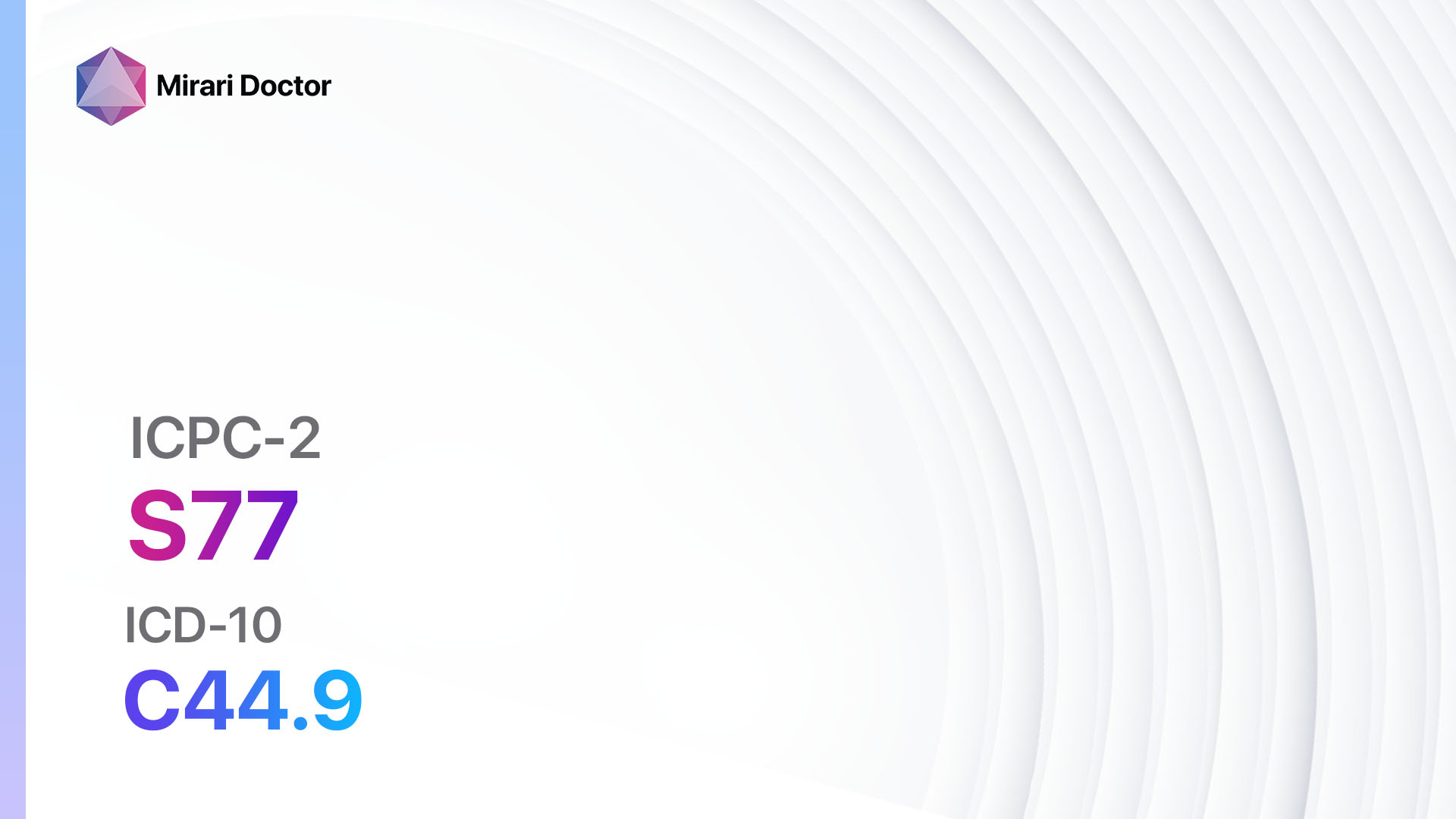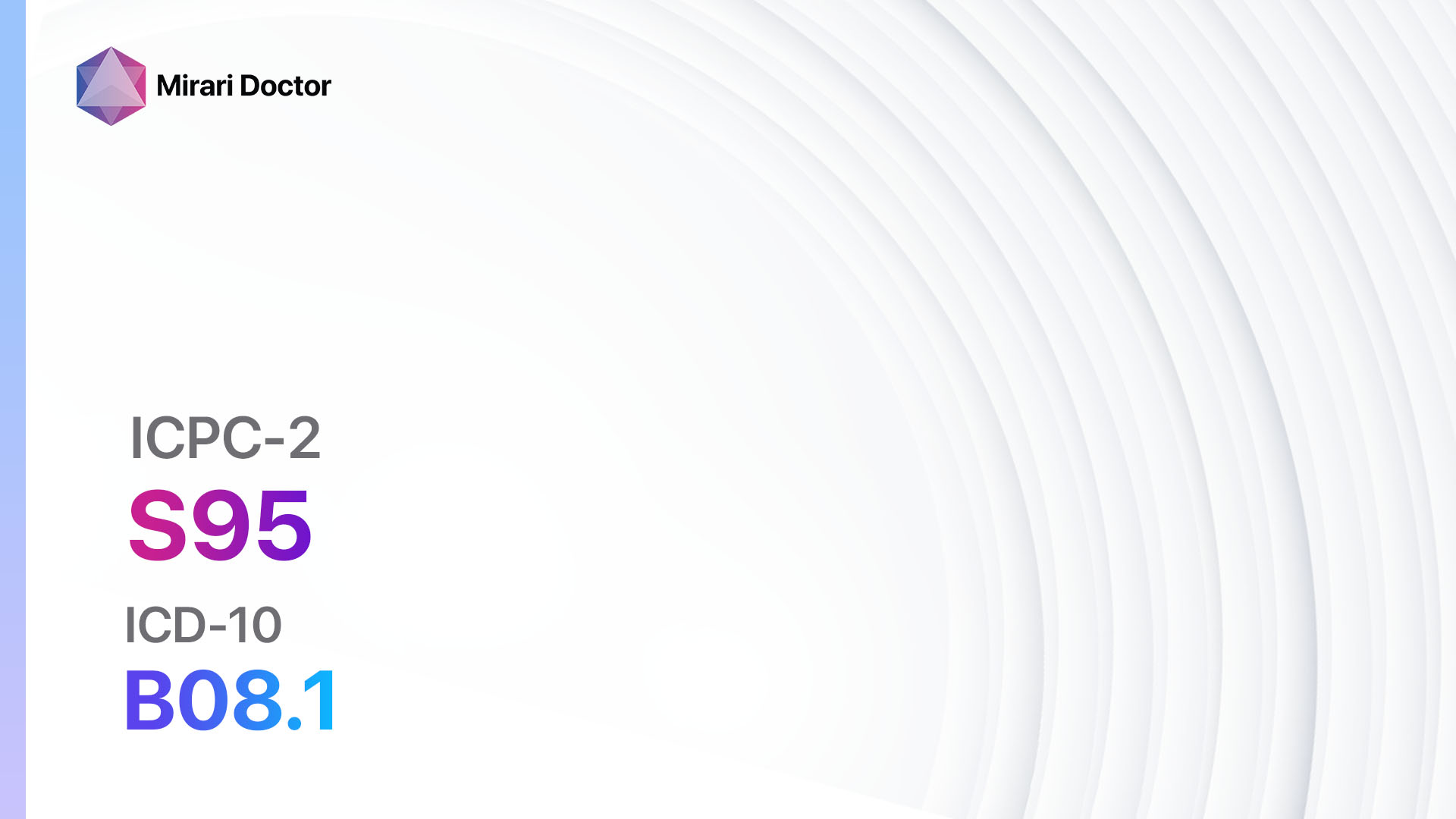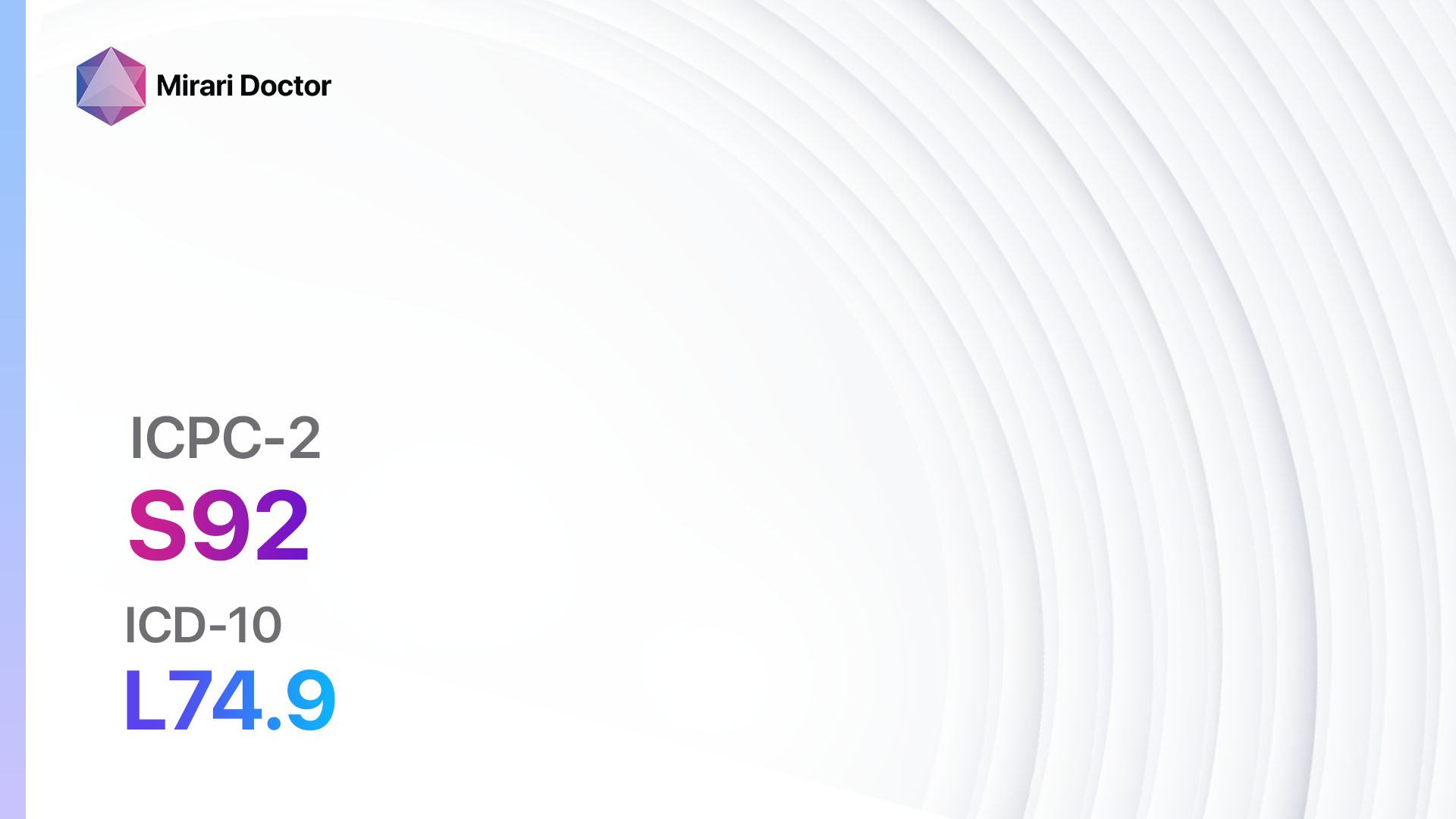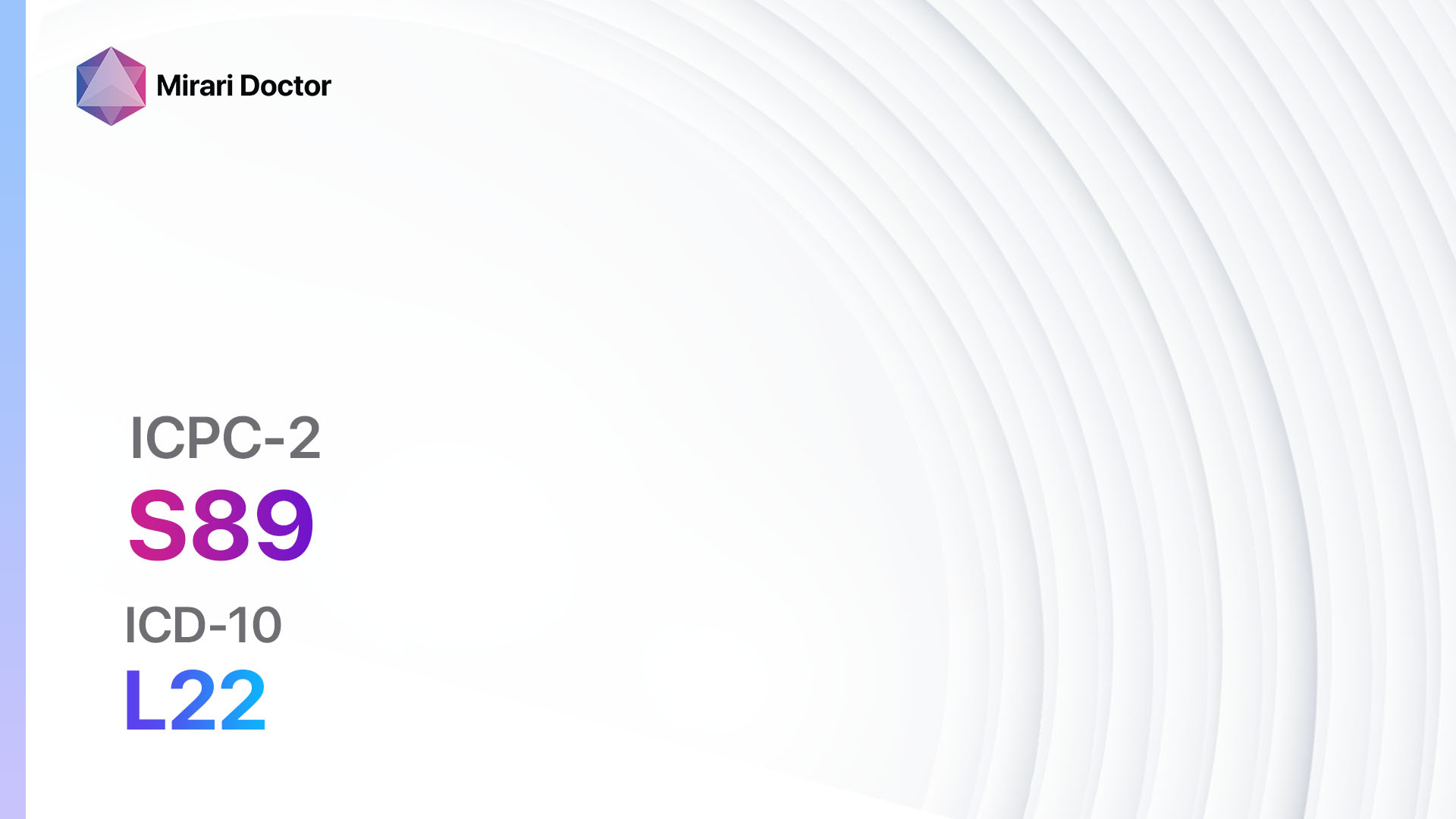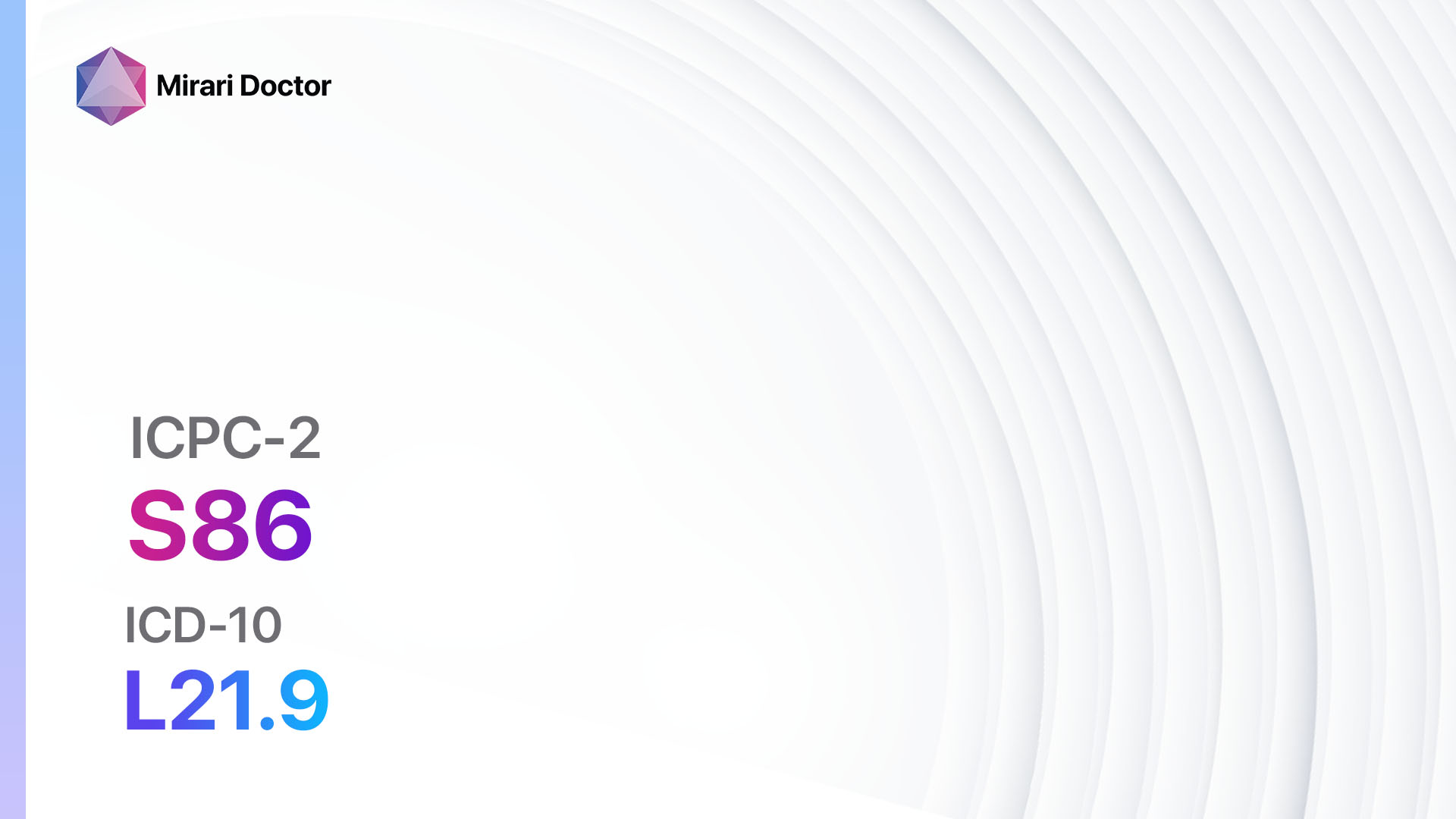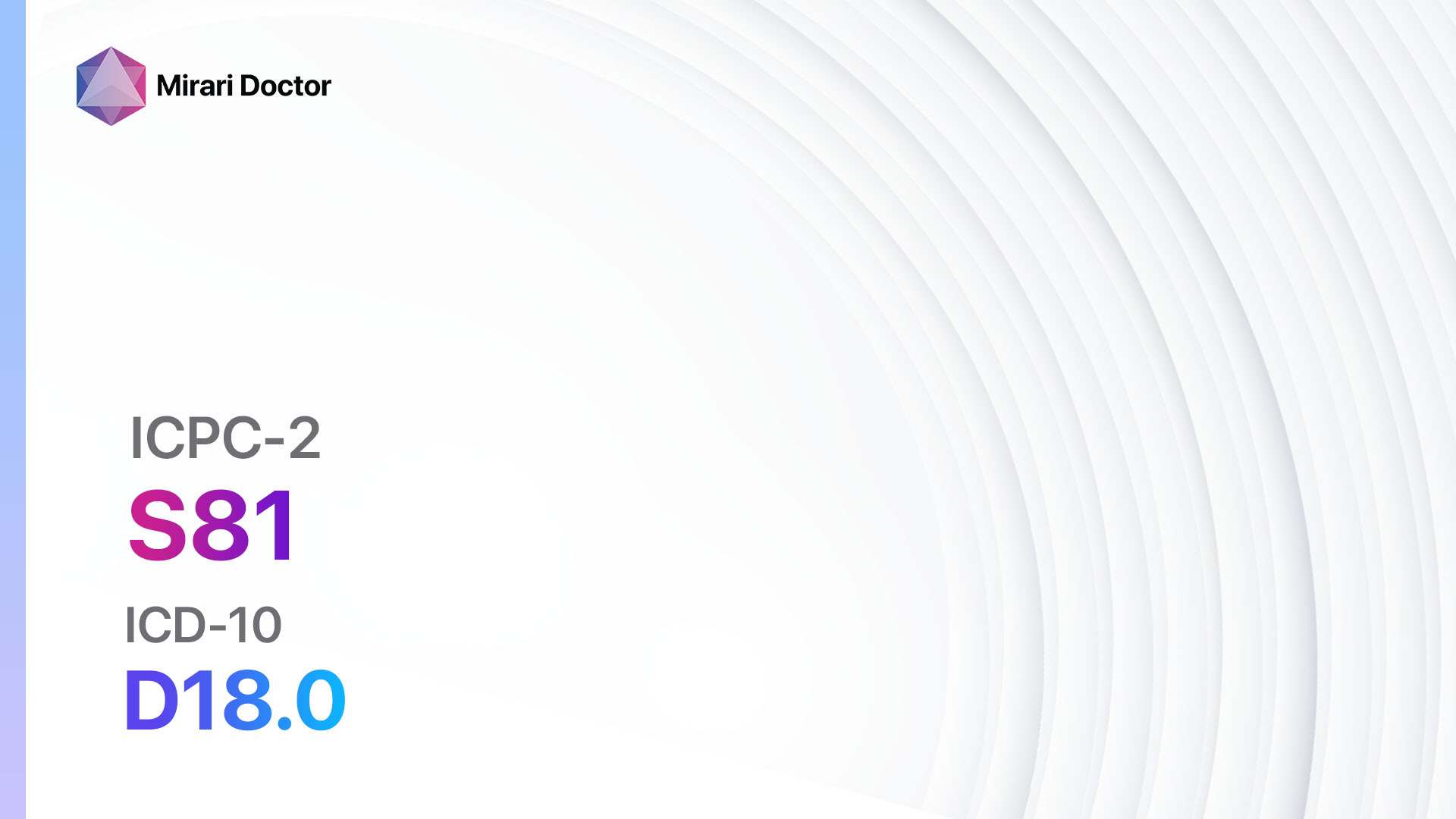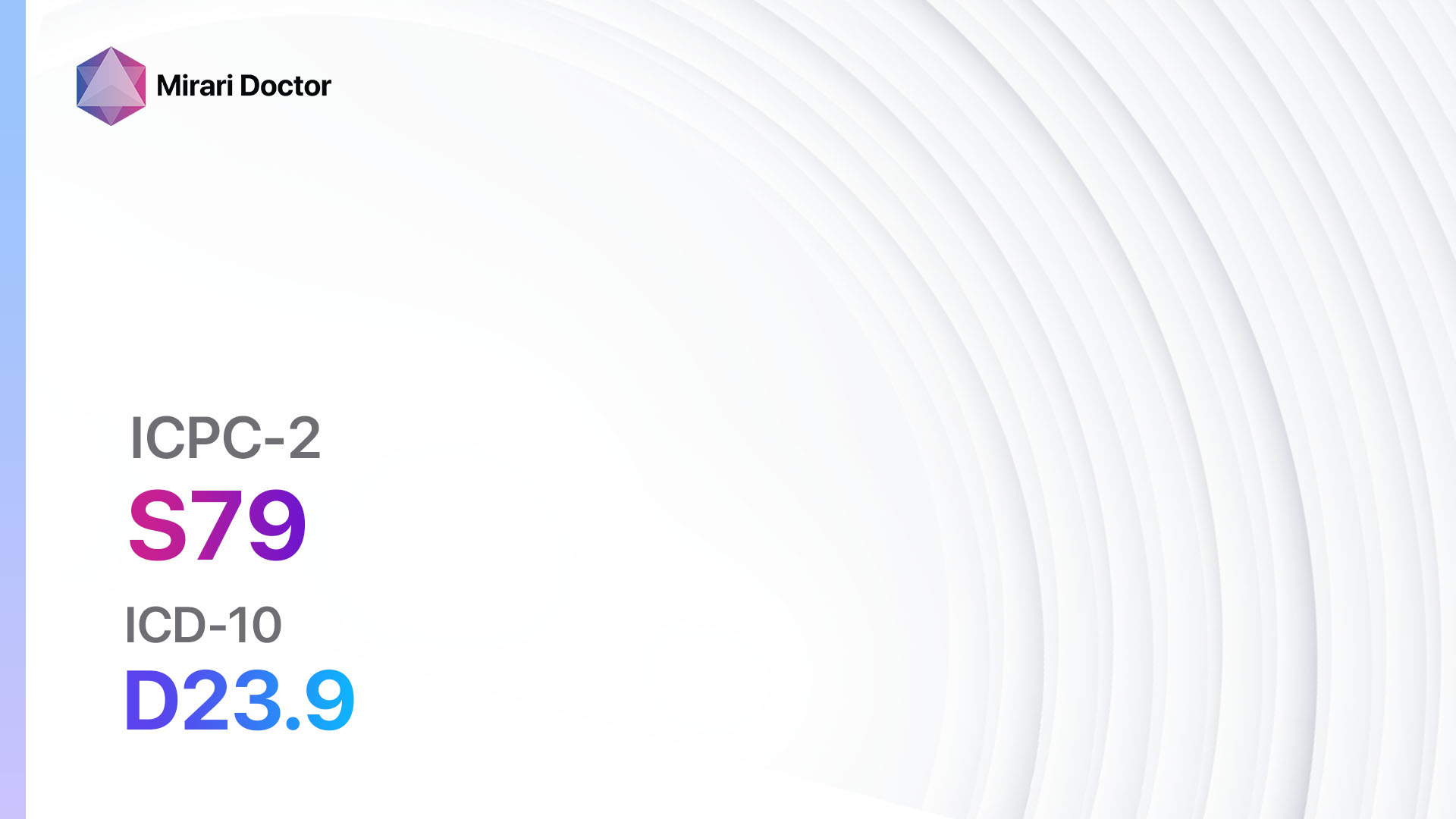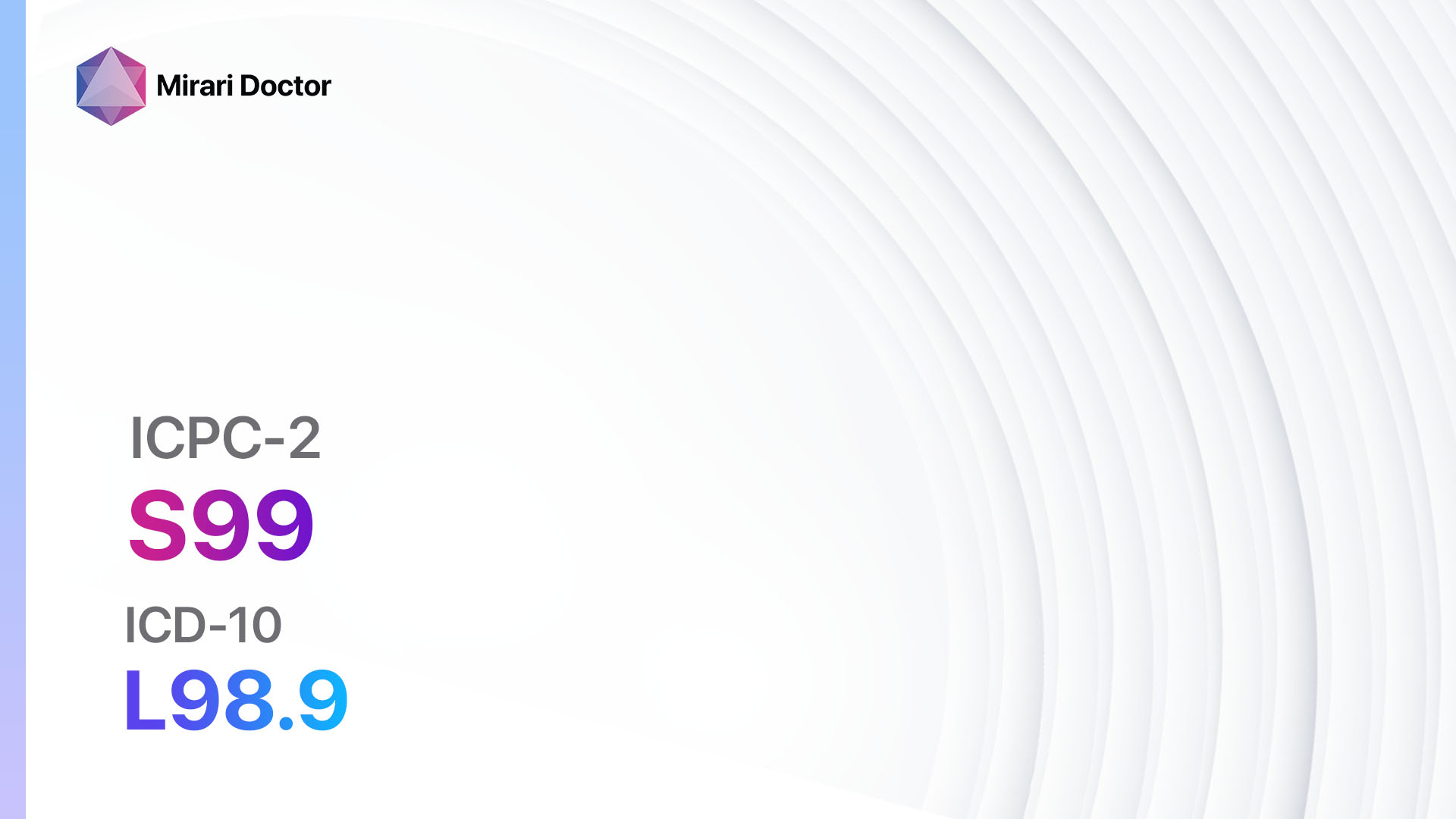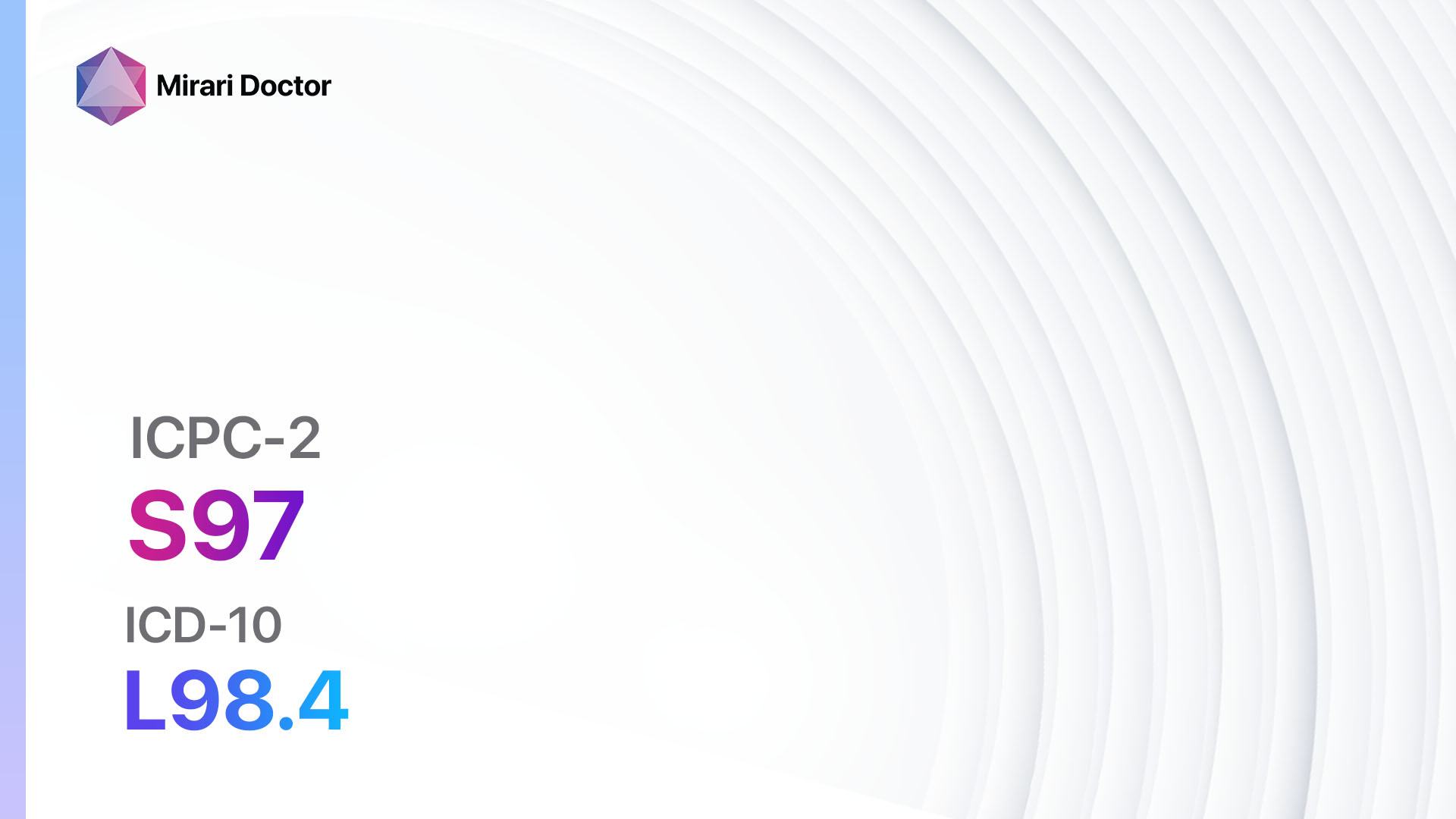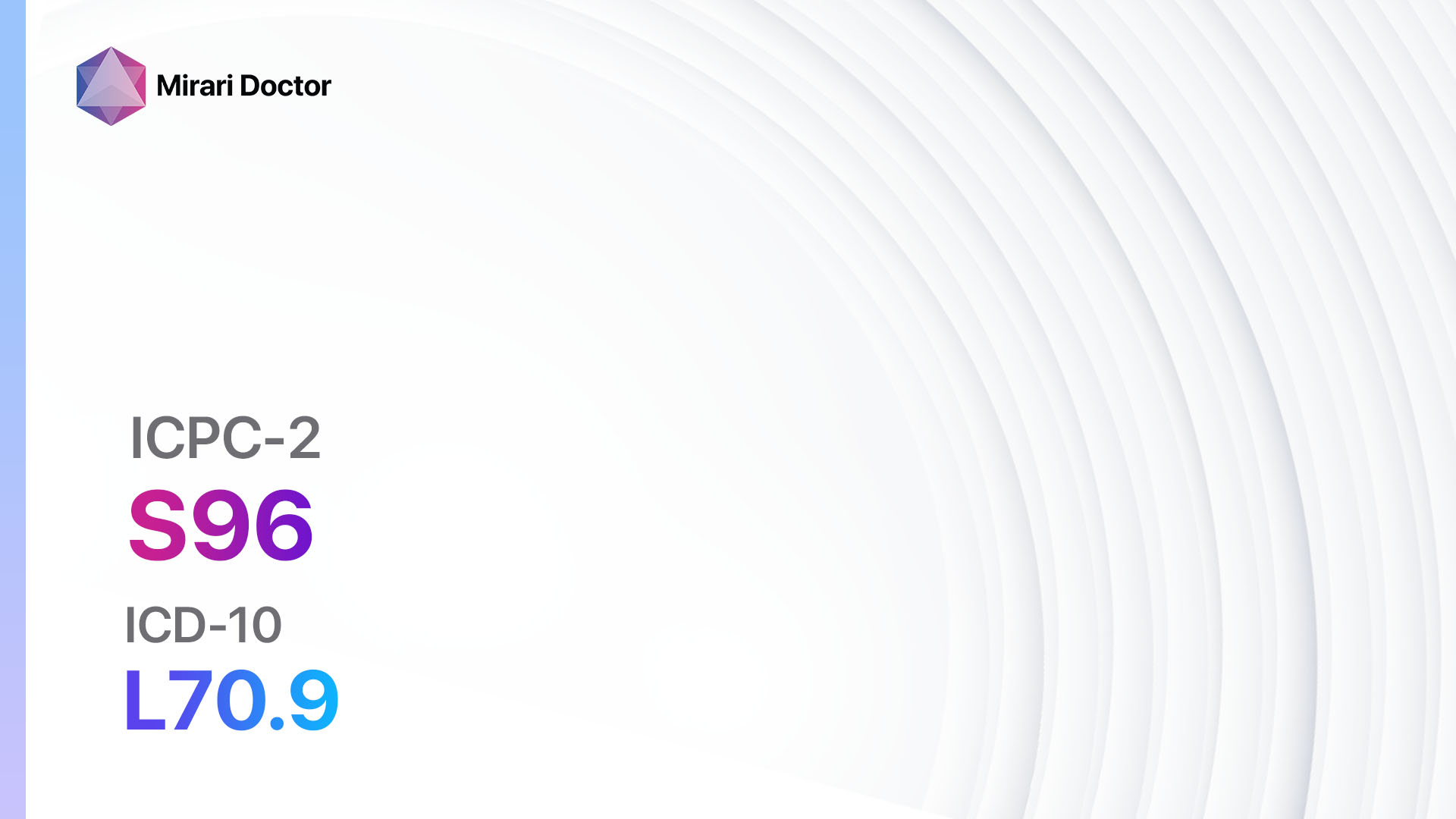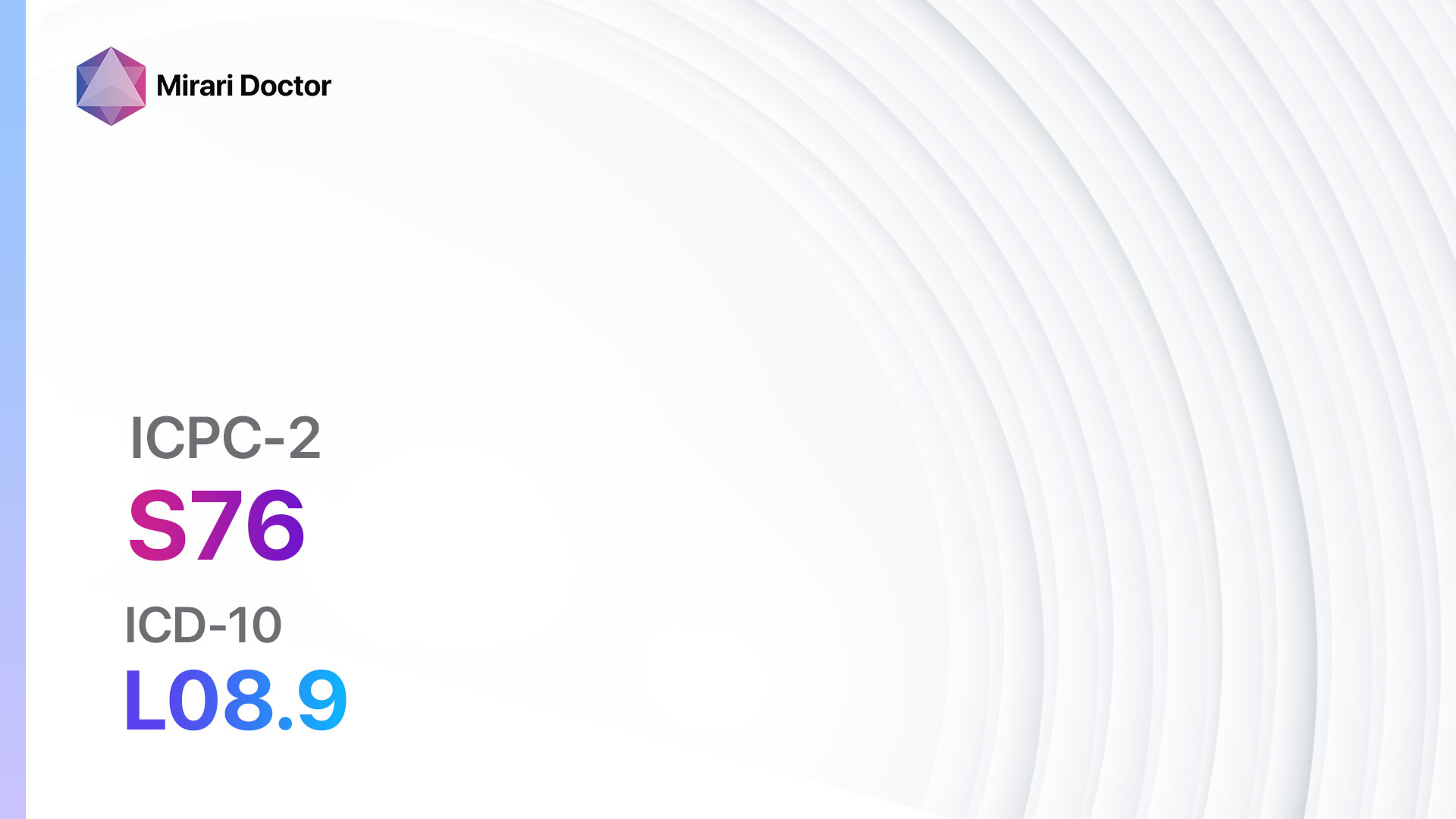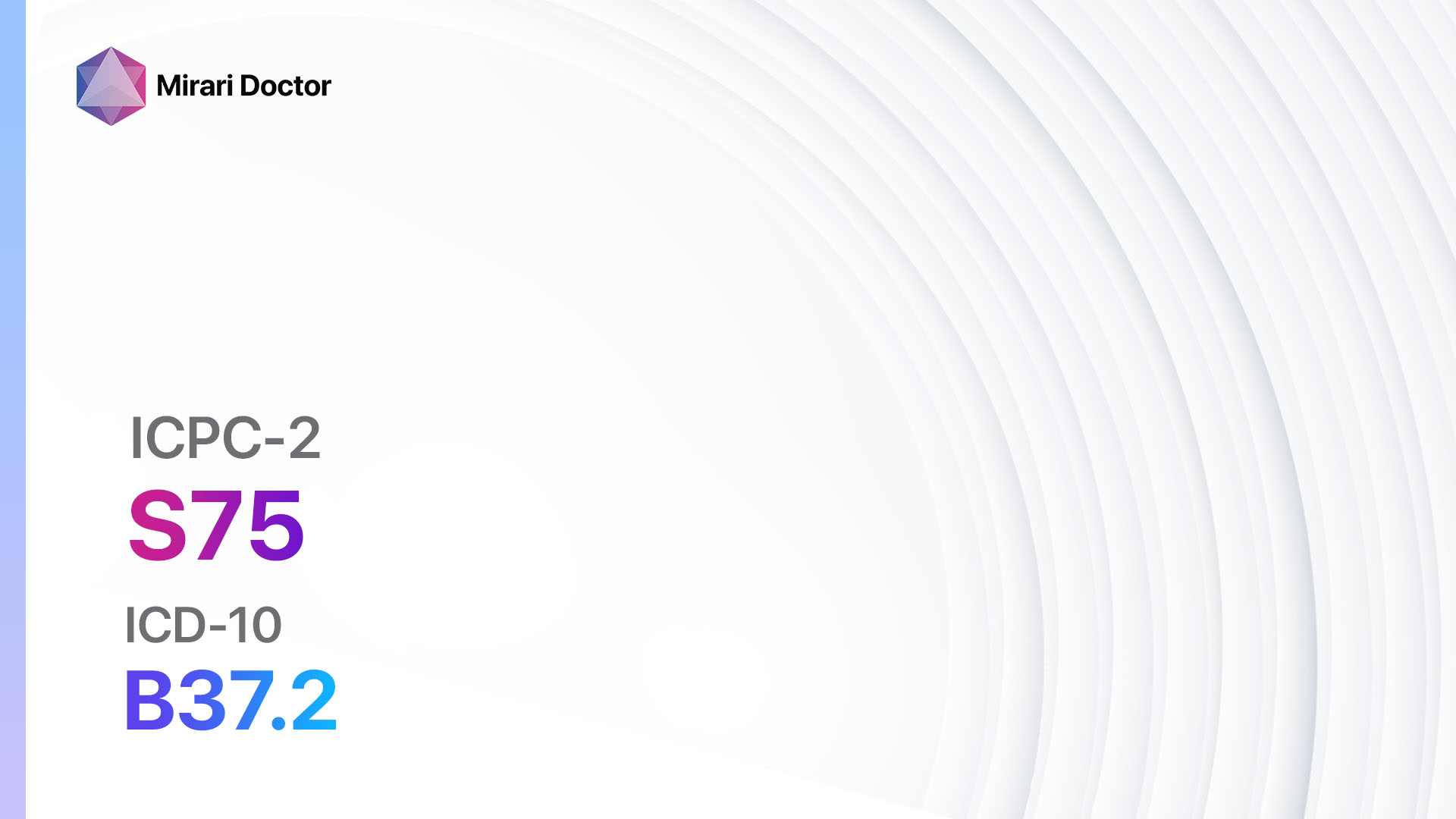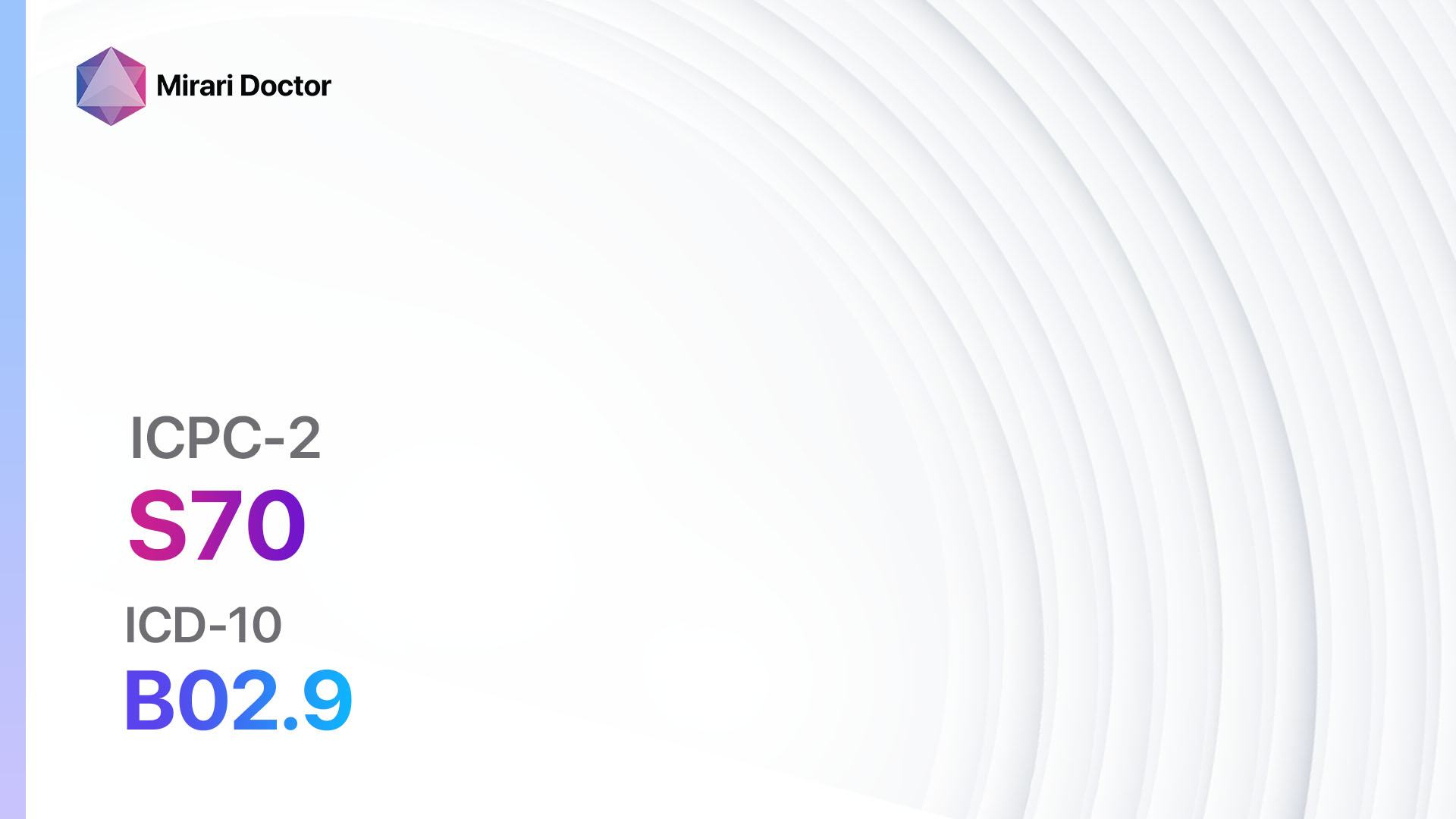
Introduction
Herpes zoster, commonly known as shingles, is a viral infection caused by the varicella-zoster virus. This virus is the same one that causes chickenpox. After a person recovers from chickenpox, the virus remains dormant in the nerve tissues. However, it can reactivate later in life, causing shingles. Shingles typically presents as a painful rash with blisters that usually appears on one side of the body.[1]The aim of this guide is to provide a comprehensive overview of the symptoms, causes, diagnostic steps, possible interventions, and lifestyle interventions for herpes zoster.
Codes
Symptoms
- Painful rash: The most common symptom of herpes zoster is a painful rash that usually appears as a band or strip of blisters on one side of the body.
- The rash can be accompanied by itching, tingling, or burning sensations.[3]
- Flu-like symptoms: Some individuals may experience flu-like symptoms such as fever, headache, fatigue, and body aches.[4]
- Nerve pain: After the rash has healed, some individuals may continue to experience nerve pain in the affected area.
- This is known as postherpetic neuralgia.[5]
Causes
- Reactivation of varicella-zoster virus: Herpes zoster occurs when the varicella-zoster virus, which remains dormant in the nerve tissues after a person recovers from chickenpox, reactivates later in life. The exact reason for reactivation is unknown, but it is believed to be associated with a weakened immune system due to aging, stress, or certain medical conditions.[6]
Diagnostic Steps
Medical History
- Gather information about the patient’s previous history of chickenpox.
- Ask about the location, duration, and severity of the rash.
- Inquire about any associated symptoms such as pain, itching, or flu-like symptoms.
- Assess the patient’s medical history, including any underlying medical conditions or medications that may affect the immune system.[7]
Physical Examination
- Perform a thorough examination of the rash, noting its location, distribution, and characteristics.
- Assess the patient’s vital signs, including temperature, heart rate, and blood pressure.
- Examine the lymph nodes to check for enlargement or tenderness.[8]
Determine Severity
- Classify the disease based on severity and depth of involvement:
- Mild: Limited rash with minimal pain and no systemic symptoms.
- Moderate: Moderate rash with moderate pain and mild systemic symptoms.
- Severe: Extensive rash with severe pain and significant systemic symptoms.[9]
Laboratory Tests
- Viral culture: Collect a sample from the rash to test for the presence of the varicella-zoster virus.
- Polymerase chain reaction (PCR): This test can detect the genetic material of the virus and confirm the diagnosis.
- Blood tests: Measure the levels of antibodies to the varicella-zoster virus to determine if the patient has been previously infected with the virus.[10]
Diagnostic Imaging
- No diagnostic imaging is typically necessary for the diagnosis of herpes zoster. The diagnosis is primarily based on clinical presentation and laboratory tests.
Other Tests
- No other specific tests are typically necessary for the diagnosis of herpes zoster. However, additional tests may be performed to rule out other conditions or complications, such as bacterial skin infections or nerve damage.
Follow-up and Patient Education
- Schedule follow-up appointments to monitor the progress of the rash and assess for any complications.
- Provide education to the patient about the nature of the disease, its contagiousness, and the importance of good hygiene practices to prevent the spread of the virus.
Possible Interventions
Traditional Interventions
Medications:
Top 5 drugs for Herpes zoster:
- Antiviral medications (e.g., Acyclovir, Valacyclovir, Famciclovir):
- Cost: Acyclovir – $10-$50 for a 10-day supply. Valacyclovir – $20-$100 for a 10-day supply. Famciclovir – $50-$200 for a 10-day supply.
- Contraindications: Hypersensitivity to the medication.
- Side effects: Nausea, vomiting, headache.
- Severe side effects: Allergic reactions, kidney problems.
- Drug interactions: None significant.
- Warning: Start treatment as early as possible to maximize effectiveness.
- Pain medications (e.g., Acetaminophen, Nonsteroidal anti-inflammatory drugs (NSAIDs)):
- Cost: Acetaminophen – $5-$15 for a 30-day supply. NSAIDs – $10-$30 for a 30-day supply.
- Contraindications: Liver disease, kidney disease, stomach ulcers.
- Side effects: Upset stomach, dizziness.
- Severe side effects: Liver damage, stomach bleeding.
- Drug interactions: Warfarin, other NSAIDs.
- Warning: Use with caution in patients with underlying medical conditions.
- Topical creams (e.g., Lidocaine, Capsaicin):
- Cost: Lidocaine – $10-$20 for a 30-day supply. Capsaicin – $10-$20 for a 30-day supply.
- Contraindications: Hypersensitivity to the medication.
- Side effects: Skin irritation, burning sensation.
- Severe side effects: None significant.
- Drug interactions: None significant.
- Warning: Apply as directed and avoid contact with eyes or mucous membranes.
- Corticosteroids (e.g., Prednisone):
- Cost: Prednisone – $5-$20 for a 10-day supply.
- Contraindications: Active infections, systemic fungal infections.
- Side effects: Increased appetite, weight gain, mood changes.
- Severe side effects: Suppression of the immune system, osteoporosis.
- Drug interactions: Warfarin, other immunosuppressants.
- Warning: Use with caution and under medical supervision.
- Antidepressants (e.g., Amitriptyline, Duloxetine):
- Cost: Amitriptyline – $5-$20 for a 30-day supply. Duloxetine – $20-$100 for a 30-day supply.
- Contraindications: Recent heart attack, narrow-angle glaucoma.
- Side effects: Dry mouth, drowsiness, constipation.
- Severe side effects: Serotonin syndrome, suicidal thoughts.
- Drug interactions: Monoamine oxidase inhibitors (MAOIs), other antidepressants.
- Warning: Monitor for changes in mood or behavior.
Alternative Drugs:
- Herbal remedies (e.g., Calendula, Lemon balm): These may have potential benefits for reducing pain and promoting healing. Cost: Varies depending on the specific product.
- Homeopathic remedies (e.g., Rhus toxicodendron, Mezereum): These may be used as adjunctive treatments for pain relief. Cost: Varies depending on the specific product.
- Vitamin supplements (e.g., Vitamin C, Vitamin E): These may help boost the immune system and promote healing. Cost: Varies depending on the specific product.
Surgical Procedures:
- No surgical procedures are typically necessary for the treatment of herpes zoster.
Alternative Interventions
- Acupuncture: May help reduce pain and promote healing. Cost: $60-$120 per session.
- Chiropractic care: May help alleviate pain and improve overall well-being. Cost: $30-$200 per session.
- Herbal supplements: Some herbs, such as St. John’s wort and licorice root, may have potential benefits for reducing pain and promoting healing. Cost: Varies depending on the specific supplement.
- Topical treatments: Natural remedies such as aloe vera gel or oatmeal baths may help soothe the rash and relieve itching. Cost: Varies depending on the specific product.
- Stress reduction techniques: Practices such as meditation, yoga, or deep breathing exercises may help manage stress and promote healing. Cost: Varies depending on the specific practice.
Lifestyle Interventions
- Good hygiene practices: Regular handwashing and avoiding close contact with individuals who have not had chickenpox or the varicella-zoster vaccine can help prevent the spread of the virus.
- Pain management: Applying cool compresses, taking warm baths, or using over-the-counter pain relievers can help alleviate discomfort.
- Rest and relaxation: Getting plenty of rest and avoiding excessive physical activity can help the body heal and reduce the risk of complications.
- Healthy diet: Eating a balanced diet rich in fruits, vegetables, and lean proteins can support the immune system and promote healing.
- Stress management: Engaging in stress-reducing activities such as exercise, meditation, or hobbies can help manage stress and promote overall well-being.
It is important to note that the cost ranges provided are approximate and may vary depending on the location and availability of the interventions.
Mirari Cold Plasma Alternative Intervention
Understanding Mirari Cold Plasma
- Safe and Non-Invasive Treatment: Mirari Cold Plasma is a safe and non-invasive treatment option for various skin conditions. It does not require incisions, minimizing the risk of scarring, bleeding, or tissue damage.
- Efficient Extraction of Foreign Bodies: Mirari Cold Plasma facilitates the removal of foreign bodies from the skin by degrading and dissociating organic matter, allowing easier access and extraction.
- Pain Reduction and Comfort: Mirari Cold Plasma has a local analgesic effect, providing pain relief during the treatment, making it more comfortable for the patient.
- Reduced Risk of Infection: Mirari Cold Plasma has antimicrobial properties, effectively killing bacteria and reducing the risk of infection.
- Accelerated Healing and Minimal Scarring: Mirari Cold Plasma stimulates wound healing and tissue regeneration, reducing healing time and minimizing the formation of scars.
Mirari Cold Plasma Prescription
Video instructions for using Mirari Cold Plasma Device – S70 Herpes zoster (ICD-10:B02.9)
| Mild | Moderate | Severe |
| Mode setting: 1 (Infection) Location: 0 (Localized) Morning: 15 minutes, Evening: 15 minutes | Mode setting: 1 (Infection) Location: 0 (Localized) Morning: 30 minutes, Lunch: 30 minutes, Evening: 30 minutes | Mode setting: 1 (Infection) Location: 0 (Localized) Morning: 30 minutes, Lunch: 30 minutes, Evening: 30 minutes |
| Mode setting: 2 (Wound Healing) Location: 0 (Localized) Morning: 15 minutes, Evening: 15 minutes | Mode setting: 2 (Wound Healing) Location: 0 (Localized) Morning: 30 minutes, Lunch: 30 minutes, Evening: 30 minutes | Mode setting: 2 (Wound Healing) Location: 0 (Localized) Morning: 30 minutes, Lunch: 30 minutes, Evening: 30 minutes |
| Mode setting: 10 (Dermatitis/Fungus) Location: 0 (Localized) Morning: 15 minutes, Evening: 15 minutes | Mode setting: 10 (Dermatitis/Fungus) Location: 0 (Localized) Morning: 30 minutes, Lunch: 30 minutes, Evening: 30 minutes | Mode setting: 10 (Dermatitis/Fungus) Location: 0 (Localized) Morning: 30 minutes, Lunch: 30 minutes, Evening: 30 minutes |
| Modesetting:7 (Immunotherapy) Location:1 (Sacrum) Morning:15 minutes, Evening:15minutes | Modesetting:7 (Immunotherapy) Location:1 (Sacrum) Morning:30 minutes, Lunch:30 minutes, Evening:30 minutes | Modesetting:7 (Immunotherapy) Location:1 (Sacrum) Morning:30 minutes, Lunch:30 minutes, Evening:30 minutes |
| Total Morning: 60 minutes approx. $10 USD, Evening: 60 minutes approx. $10 USD | Total Morning: 120 minutes approx. $20 USD, Lunch: 120 minutes approx. $20 USD, Evening: 120 minutes approx. $20 USD | Total Morning: 120 minutes approx. $20 USD, Lunch: 120 minutes approx. $20 USD, Evening: 120 minutes approx. $20 USD |
| Usual treatment for 7-60 days approx. $140 USD – $1,200 USD | Usual treatment for 6-8 weeks approx. $2,520 USD – $3,360 USD | Usual treatment for 3-6 months approx. $5,400 USD – $10,800 USD |
 |
|
Use the Mirari Cold Plasma device to treat Herpes zoster effectively.
WARNING: MIRARI COLD PLASMA IS DESIGNED FOR THE HUMAN BODY WITHOUT ANY ARTIFICIAL OR THIRD PARTY PRODUCTS. USE OF OTHER PRODUCTS IN COMBINATION WITH MIRARI COLD PLASMA MAY CAUSE UNPREDICTABLE EFFECTS, HARM OR INJURY. PLEASE CONSULT A MEDICAL PROFESSIONAL BEFORE COMBINING ANY OTHER PRODUCTS WITH USE OF MIRARI.
Step 1: Cleanse the Skin
- Start by cleaning the affected area of the skin with a gentle cleanser or mild soap and water. Gently pat the area dry with a clean towel.
Step 2: Prepare the Mirari Cold Plasma device
- Ensure that the Mirari Cold Plasma device is fully charged or has fresh batteries as per the manufacturer’s instructions. Make sure the device is clean and in good working condition.
- Switch on the Mirari device using the power button or by following the specific instructions provided with the device.
- Some Mirari devices may have adjustable settings for intensity or treatment duration. Follow the manufacturer’s instructions to select the appropriate settings based on your needs and the recommended guidelines.
Step 3: Apply the Device
- Place the Mirari device in direct contact with the affected area of the skin. Gently glide or hold the device over the skin surface, ensuring even coverage of the area experiencing.
- Slowly move the Mirari device in a circular motion or follow a specific pattern as indicated in the user manual. This helps ensure thorough treatment coverage.
Step 4: Monitor and Assess:
- Keep track of your progress and evaluate the effectiveness of the Mirari device in managing your Herpes zoster. If you have any concerns or notice any adverse reactions, consult with your health care professional.
Note
This guide is for informational purposes only and should not replace the advice of a medical professional. Always consult with your healthcare provider or a qualified medical professional for personal advice, diagnosis, or treatment. Do not solely rely on the information presented here for decisions about your health. Use of this information is at your own risk. The authors of this guide, nor any associated entities or platforms, are not responsible for any potential adverse effects or outcomes based on the content.
Mirari Cold Plasma System Disclaimer
- Purpose: The Mirari Cold Plasma System is a Class 2 medical device designed for use by trained healthcare professionals. It is registered for use in Thailand and Vietnam. It is not intended for use outside of these locations.
- Informational Use: The content and information provided with the device are for educational and informational purposes only. They are not a substitute for professional medical advice or care.
- Variable Outcomes: While the device is approved for specific uses, individual outcomes can differ. We do not assert or guarantee specific medical outcomes.
- Consultation: Prior to utilizing the device or making decisions based on its content, it is essential to consult with a Certified Mirari Tele-Therapist and your medical healthcare provider regarding specific protocols.
- Liability: By using this device, users are acknowledging and accepting all potential risks. Neither the manufacturer nor the distributor will be held accountable for any adverse reactions, injuries, or damages stemming from its use.
- Geographical Availability: This device has received approval for designated purposes by the Thai and Vietnam FDA. As of now, outside of Thailand and Vietnam, the Mirari Cold Plasma System is not available for purchase or use.
References
- Cohen JI. Clinical practice: Herpes zoster. N Engl J Med. 2013;369(3):255-263.
- World Health Organization. International Statistical Classification of Diseases and Related Health Problems 10th Revision (ICD-10)-WHO Version for 2019.
- Dworkin RH, et al. Recommendations for the management of herpes zoster. Clin Infect Dis. 2007;44 Suppl 1:S1-26.
- Gnann JW Jr, Whitley RJ. Clinical practice. Herpes zoster. N Engl J Med. 2002;347(5):340-346.
- Johnson RW, Rice AS. Clinical practice. Postherpetic neuralgia. N Engl J Med. 2014;371(16):1526-1533.
- Arvin A. Aging, immunity, and the varicella-zoster virus. N Engl J Med. 2005;352(22):2266-2267.
- Yawn BP, Gilden D. The global epidemiology of herpes zoster. Neurology. 2013;81(10):928-930.
- Schmader K. Herpes zoster in older adults. Clin Infect Dis. 2001;32(10):1481-1486.
- Oxman MN. Zoster vaccine: current status and future prospects. Clin Infect Dis. 2010;51(2):197-213.
- Sauerbrei A. Diagnosis, antiviral therapy, and prophylaxis of varicella-zoster virus infections. Eur J Clin Microbiol Infect Dis. 2016;35(5):723-734.
Related articles
Made in USA



